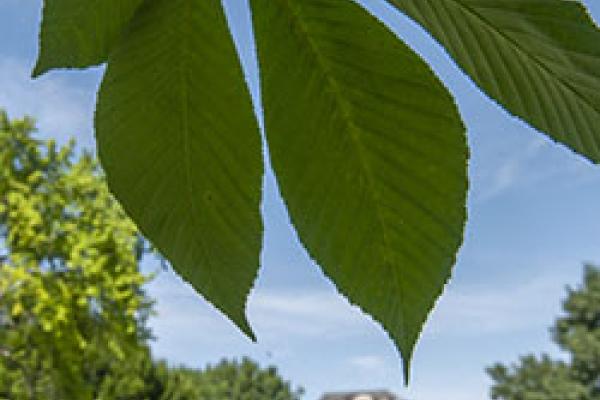
Environmental Science 7899 – Issues in Environmental Sciences
Watch the live seminar remotely via CarmenConnect
Seminar Chair: Gil Bohrer, bohrer.17@osu.edu
Seminar Coordinators: Michelle Smith, straley.23@osu.edu; Yanting Guo, zhao.1093@osu.edu
Course Requirements
This course is graded S/U. Satisfactory participation in this course includes all of the following:
- Attentive and active participation in lectures and discussion.
- Attendance at all classes, with one excused absence. If you must miss more than one class, see Dr. Bohrer.
- Advance reading for any seminars for which it is required
Sustainable water quality management and public health protection by urban wetlands
By David Hsu
Bacterial pathogens cause significant waterborne and foodborne illnesses worldwide. Wetlands can provide important ecosystem services, such as reductions in nutrients, and have been utilized to treat wastewater and stormwater. However, studies on their role in pathogen reduction are limited. The aim of this study was to determine if wetlands can be used as a method for sustainable water quality management and public health protection in urban settings. Thus, sources and fate of major and emerging disease-causing bacteria were investigated in urban wetlands, including: Campylobacter, Shiga toxin-producing Escherichia coli (STEC), and Arcobacter. Bacterial cultivation was conducted to quantify the amount of viable E. coli, while real-time PCR was performed to determine the levels of pathogens, as well as microbial source tracking markers, including human, avian, and ruminant origins. E. coli had the highest occurrence of 99.2%, followed by Arcobacter (94.9%), STEC (74.6%) and Campylobacter (1.7%). Seventy nine percent of outflow samples were above the Ohio EPA water quality standard for primary contact water (298 CFU/100mL). Precipitation levels were significantly associated with inflow turbidity, phosphorus, and E. coli concentrations. Significant reductions in turbidity and nutrients were found, but not in E. coli and Arcobacter. Overall the reduction in E. coli was 22.3%. Correlations among reductions in E. coli, Arcobacter, phosphorus, turbidity and inflow E. coli levels by the wetlands were established. Microbial source tracking analysis showed that both avian and ruminant markers were correlated with E. coli and Arcobacter concentrations. The Olentangy River wetlands demonstrated efficient ecosystem service in reducing turbidity and nutrients, likely due to sedimentation. However, a high prevalence of avian- and ruminant-originated fecal contamination (e.g. geese and deer) implies that these wildlife could increase the load of E. coli as well as other bacterial pathogens and thus cancel out the wetland's ability to reduce pathogens. Additional wildlife management practices, in conjunction with long-term monitoring of bacterial and other pathogens (e.g. protozoa), are needed to ensure the wetlands' functions in protecting public health in urban settings.
David Hsu obtained a bachelor's degree in biochemistry and a master's degree in microbiology from National Taiwan University in Taipei, Taiwan. He is currently working with Dr. Jiyoung Lee as a graduate research associate at the College of Public Health where he investigates pathogen dynamics in urban wetlands and its public health implications.
